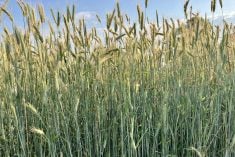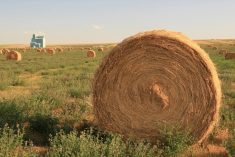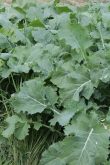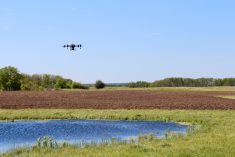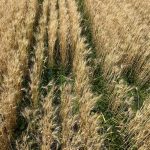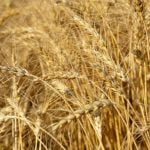When establishing a new forage stand that will ideally be productive for five or 10 years, producers want to set themselves up for a good outcome.
Using high-quality perennial or annual forage seed that is certified — or tested for purity, germination and viability — is a good place to start.
“There is a certain comfort in knowing what to expect when that forage comes out of the ground,” says Hillary Luchinski, a forage extension specialist with the Saskatchewan Ministry of Agriculture.
Read Also
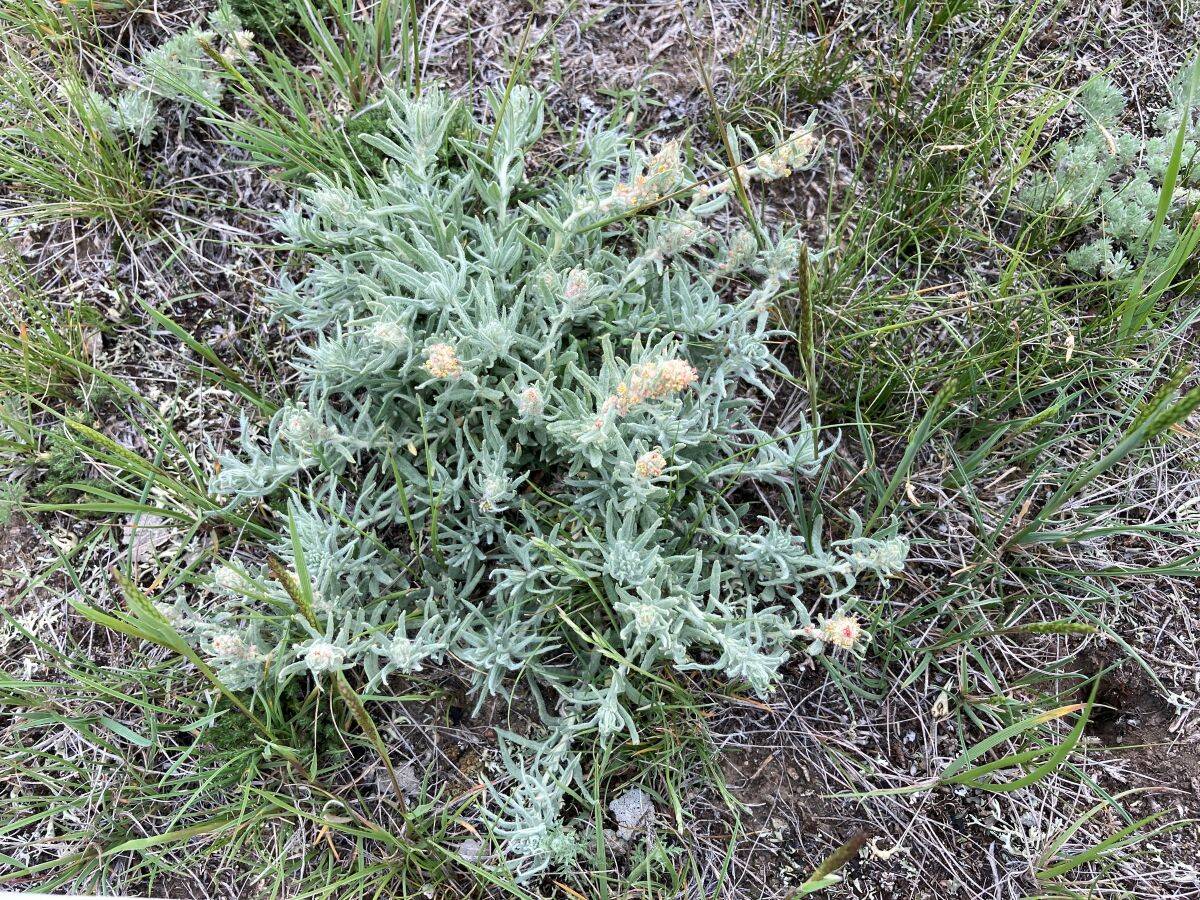
Canadian researchers dig into re-establishing winterfat in beef cattle pastures
Research into re-establishing winterfat for fall and winter livestock grazing in Western Canada
Prevent unwelcome guests
Not all forage seed is tested, and the risk is left to the buyer. Purchasing good-quality seed can pay dividends for years.
“At the end of the day, the decision of whether to purchase tested or untested seed comes down to risk tolerance,” says Luchinski.
Carey Matthiessen, senior seed analyst and director of operations with 2020 Seed Labs, agrees.
“There are strategies you can use to manage growth as the plants grow and develop, but all those things are kind of irrelevant if you’re not starting with the best quality seed you can,” says Matthiessen.
She notes that purity has important implications for forage crops.
There can be a lot of non-seed material, such as chaff, that can bulk up a seed mix, causing seeding rate and emergence challenges, Matthiessen says.
Unwanted guests may be tagging along with the seeds too.
“Ultimately, we’re always looking for prohibited noxious weeds and noxious weeds in general,” Matthiessen says. “What types of other seeds are in that mixture? What is it that you may be introducing?”
Disease bodies, such as ergot, can also contaminate new forage fields and boundary lands, Matthiessen adds.
For many stewardship rebate programs, using tested forage seed is a requirement.
“Using good, clean seed limits the environmental risks associated with introducing noxious weed seeds,” says Luchinski.
“In most cases, government programs, whether federal or provincial, will have Certified #1 or Common #1 (tested) as part of the eligibility requirements for projects.”
Matthiessen says purchasing seed at a certified level means you are guaranteed a minimum quality that is quite high. For example, a certain range of germination is guaranteed, she says. Certified seed has been tested in an accredited lab, inspected by a certified inspector and cleaned at a registered seed operation.
“There are all these quality controls along the way.”
The forage seed breeding process is highly regulated, Matthiessen adds, in part to maintain a standard of genetic integrity. “Once we get so many generations away from the breeder, we are starting to see genetic diversification.”
Don’t gamble on germination
“Seed stored in a cool, dry place will stay viable for longer than seed exposed to the elements,” says Luchinski.
However, the longer seed is left unplanted, the less viable it will be.
“A good rule of thumb is to try to seed forage within a year to 18 months of purchase to get the best quality,” Luchinski says, adding that if viability is unknown, seed can be sent away for testing.
Some types of forage species are known to have more longevity than others, Matthiessen says, adding that there are many variables influencing seed physiology.
The growing season, harvest conditions and storage methods can affect how long seed remains viable.
“We can’t assume that a grass seed is going to be fine for 25 years,” says Matthiessen. “Grass seeds can lose their germination within a couple of years if they have quality issues in the seed itself.”
Because most forages are seeded in mixed species blends, having an accurate germination result becomes even more important.
If one of the components of a forage mixture doesn’t grow, producers may be left with an imbalanced mix that is too rich to graze, or one species that outcompetes the others, Matthiessen says.
Understanding what they’re working with allows producers to adjust their seeding rate, purchase new seed or create a different mix.
Testing for germination and breaking dormancy in a laboratory setting can be a challenge, however.
“It depends on the species, because we have cultivated forage crops which have some level of dormancy, and then we have native species which have inherent deep dormancy,” Matthiessen says.
For typical forage crops, such as alfalfa, wheatgrasses and bromegrasses, there are standard dormancy-breaking techniques including a three-day pre-chill phase and imbibing seeds with water.
“If that doesn’t work, you can extend it and do seven days or 14 days,” says Matthiessen. If that is ineffective, the next step is to add dormancy-breaking hormones such as gibberellic acid or potassium nitrate.
“Once you head into native grasses or forages, some of those things won’t even work.”
Many native seeds are subjected to a tetrazolium chloride test, which provides a percentage of viable seeds. “That should be within a tolerable variance of the final germination test,” Matthiessen says.
Interpreting a forage seed analysis
The Canadian Food Inspection Agency (CFIA) outlines seed testing requirements and oversees the accreditation of labs and analysts.
A seed analysis is based on 25,000 seeds, explains Matthiessen.
“Grade tables set the standards for certified seed, and the grade tables have different requirements. How we report them will depend on the grade table labels.”
Matthiessen emphasizes that it’s important to look at whether results are reported as a percentage or as a specific number. She recommends getting a pure seed test and a purity test.
“A pure seed test will break down your pure seed, other crops, other weeds and inert material and report it as a percentage.
“When I’m filling out the report (for a pure seed test), I have to say ‘less than one percent found’ but that could mean only one seed in 25,000, or that could mean 250.”
The variation within a single percentage could have long-term consequences in the field.
To determine the particular weeds or other plant species are in a sample, Matthiessen suggests conducting a purity test.
It’s critical to gather a representative sample of the forage seed when sending it to a lab for analysis.
“The certificate of analysis only shows what was in the sample, so depending on how the sample was taken, it may not be a completely accurate representation of the whole seed lot,” says Luchinski.
“When we’re looking at forages or native seeds, where we have some light inert material that might rise to the top, or we might have small seeds mixed in that fall to the bottom of a bag, how you take the sample for testing is really important,” says Matthiessen.
For example, if you have multiple bags of forage seed, Matthiessen suggests sampling each bag a couple of times in different places to make a composite sample to send to the lab.
Adding value through analysis
While CFIA standardizes seed testing across Canada, labs may differ in their approach to customer service.
If producers have questions or seek clarification, Matthiessen encourages them to contact their lab directly.
“A lot of what we’re doing is consultation-based,” Matthiessen says. “I help (customers) figure out what they want to do based on the information that we have.”
Matthiessen says that if they see an issue with a sample, they generally contact the customer to talk them through it. “I never want to surprise anybody with a test result,” she says.
Know your risks
In many cases, it is worth spending the extra money on certified or tested seed so you know what you’re bringing onto the farm and understand the quality of the end product, says Luchinski.
A seed test is relatively inexpensive. If a producer is in doubt, it’s easy to resample and request a lab test.
“Know what you have going into the ground, know what risk you’re taking, and the risk to stewardship,” says Matthiessen.
“It’s worth it to find out before you plant.”



